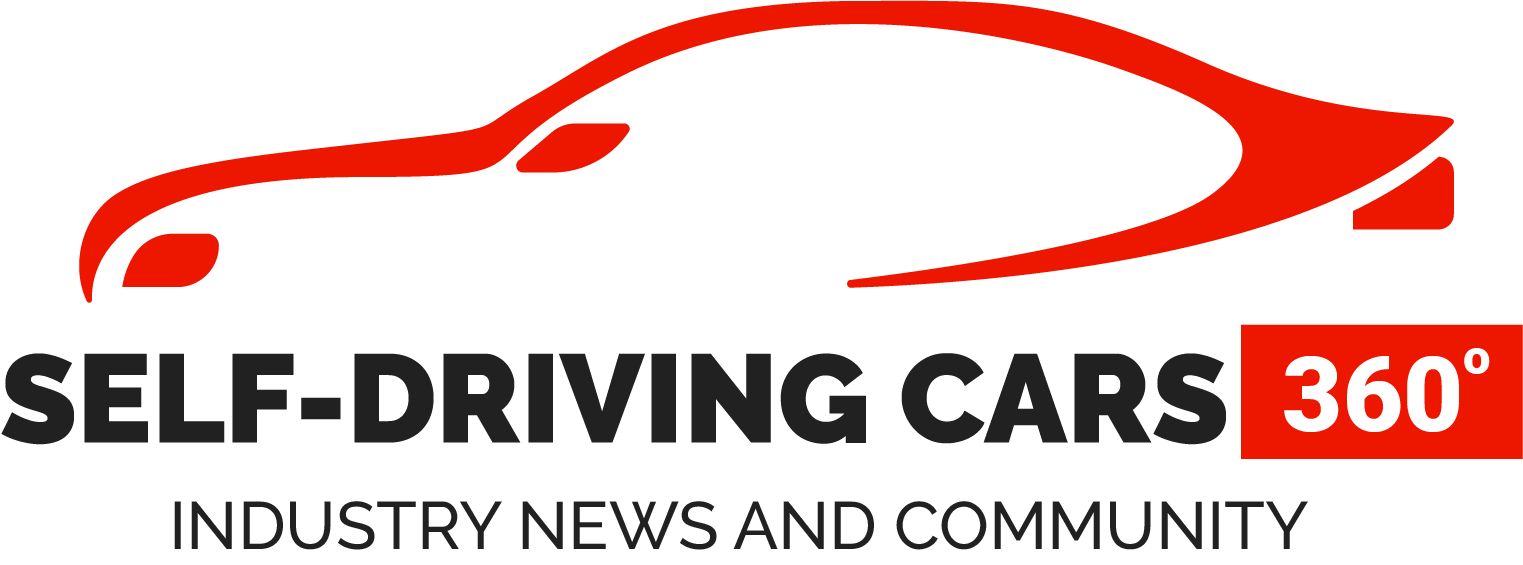By Sameer Mahapatra
Will your next car even look like a car at all? As autonomous vehicle technology continues to move closer to our daily lives, thinking about what the future looks like for passengers becomes more critical.
Worldwide, mobility is changing, regardless of – or maybe on a parallel path next to – autonomous cars, and doubtlessly the automotive industry is changing as we speak. These progressions will affect how we’ll travel, how we’ll utilize our vehicles, what new administrations will be offered, and which players will make up the evolving automotive ecosystem. Whether we take a gander at the ascent of smartphone technology that has made ridesharing service companies into multibillion-dollar businesses, worldwide; or at the cutting-edge tech that will change how travellers live, work, and play in the coming decades; innovations and developments are coming rapidly.
There’s now been disruption in the more extensive transportation industry: Ridesharing services have devastated the taxi business and endured shots in the rental vehicle industry. There are even new names for the industry that is emerging, for example, “mobility services” or “mobility-as-a-service” (MaaS). The automotive evolution will more likely than not change our world outside the vehicles as much, or more than, it turns their internal parts.
Over the previous century, the automotive industry’s innovation has spun around, making vehicles quicker, more secure, more comfortable, more straightforward to deal with, ad much smoother to operate. Since the dawn of the Information Age, in any case, automakers have investigated approaches to apply innovation to refine the driving experience and help safe driving practices. Sensors that notify the driver about operational conditions and features, for example, GPS navigation, have become ordinary in the average motorists’ journey. It is an indisputable fact that IoT is driving tectonic shifts in the automotive industry. Empowered by connected vehicles, automotive manufacturers, and new market entrants are reconsidering how vehicles are planned, made, sold, serviced, and enjoyed.
The coming era of autonomous vehicle technology will help new applications, services, and commerce developed. The development significant to make autonomous cars a reality on open streets ranges from purpose-built sensors required to make them self-driving to the storage and compute capabilities that run their software, AI and information at the Edge, and all the frameworks that will make them safe.
As 5G rolls out across the world, it will offer the upcoming age of mobile connectivity experience fuelled by a dramatic increase in speed and low latency. While we tend to associate 5G’s effect on our very own gadgets, like telephones and tablets, one of the zones where we’ll likely observe the most remarkable impact will be automotive.
With more data than ever before residing within autonomous cars for systems such as telematics, voice recognition, augmented reality, drive recorders, V2V communications, and more; it will change the way we think about the necessary parts in the supply chain. New technologies such as smart mirrors, for example, will usher in new regions and suppliers that did not exist in the past. New methods of recognition enabled by artificial intelligence (AI) such as facial, voice, gesture, and even human emotions swing the door wide open to new automotive suppliers, parts, and services.
How 5G Will Affect Autonomous Driving
Wireless and cellular networks are refreshing and constructing the foundation to present 5G capabilities inside the following year. By 2020, 5G will be the universal network speed utilized by all IoT-empowered gadgets for refined data transmission and processing. In the domain of telematics, 5G is relied upon to assume a gigantic job in improving self-governing vehicles.
With the coming of 5G, telematics organizations have spearheaded Vehicle-to-Vehicle (V2V) and Vehicle-to-Infrastructure (V2I) communication capabilities. With these new technologies, automobiles use the 5G system to communicate with different vehicles on the road, as well as traffic lights and road management systems to convey a scope of data to the driver: the number of cars on the road ahead, the extent of traffic clog, risks, for example, constructions or mishaps, and evaluated drive time to a given destination. This sophisticated level of machine-to-machine (M2M) communication will be critical to autonomous vehicle operations.
In vehicles with Level 1 or Level 2 automation, IoT functions will appear as informing the driver to back off, giving alarms from the Department of Transportation infrastructure frameworks. With Level 3 automation or more, the vehicle will have the option to decelerate, operate turn signals, move to another lane, and make some other move it esteems essential to avoid risk. With this innovation, costs from mishaps are expected to plummet steadily as automated vehicles help to compensate for human error.
Utilizing current 2G, 3G, and 4G LTE systems, the IoT Automotive Services delivery platform enables automakers to alter connected vehicle arrangements to make a superior driving and ownership experience, providing unparalleled, end-to-end solutions from connectivity telematics applications to advancing transportation-as-a-service features. It also enables granular data procurement for automotive telematics, just as speed-to-market for new features and functionality. Additionally, our modular connected vehicle technology is the broadest in the industry – spanning connectivity to application. The Mobility Suite offers the most comprehensive technical and functional building blocks for connected vehicle solutions available today, while the Connectivity Platform significantly lessens the expense and operational complexity of connectivity management.
Future Automotive? Imagination is the Limit
Innovation will solve pain points for vehicle owners and passengers as this disruptive technology phase develops. At the heart of everything are the passengers and their experiences.
(The author is Country Manager and VP Sales in India & SAARC at Aeris Communications and the views expressed in this article are his own)
Source: www.cxotoday.com




GIPHY App Key not set. Please check settings